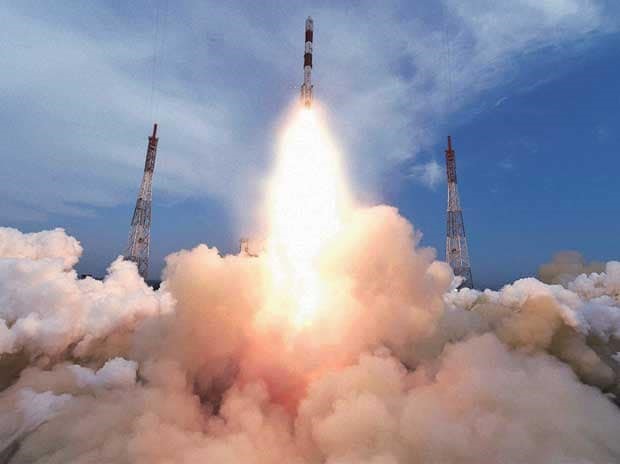Free Courses Sale ends Soon, Get It Now


Free Courses Sale ends Soon, Get It Now



Disclaimer: Copyright infringement not intended.
Context
Prime Minister Narendra Modi laid the foundation stone for India's second rocket launchport, located at Kulasekarapattinam in Tamil Nadu's Thoothukudi district. This strategically situated facility, costing Rs 986 crore, is poised to play a crucial role in India's space endeavors.
Details
Need for a New Launchport
Roles and Functions
Why Tamil Nadu for the New Launchport?
Status of the New Launchport
SSLVs (Small Satellite Launch Vehicles)
India's SSLV Journey:
Features of SHAR (Satish Dhawan Space Centre)
MUST READ ARTICLES:
https://www.iasgyan.in/daily-current-affairs/satellite-launch-vehicles
|
PRACTICE QUESTION Q. Discuss the various types of rockets used by ISRO and the propellants used in them. (150 words) |
© 2024 iasgyan. All right reserved